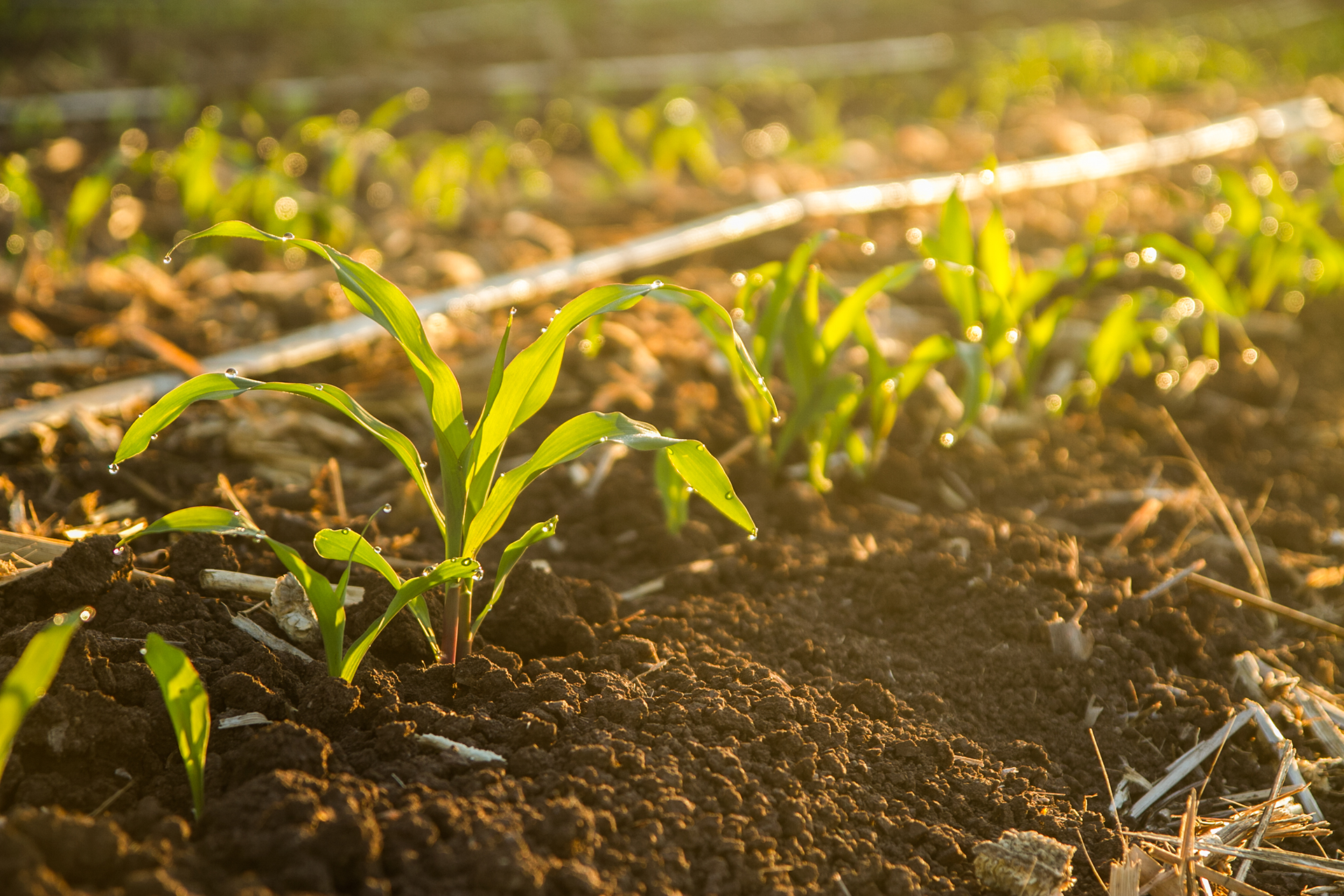South African primary producers in the red meat sector are facing significant headwinds: Persistent drought brought on by El Niño, rising costs and ongoing animal health issues such as foot-and-mouth disease have contributed to the sector’s lacklustre performance this year.
“Constrained economic conditions and a weak consumer demand have resulted in farmers struggling to get the prices needed to sustain their businesses,” says Roelie van Reenen, supply chain executive at Beefmaster Group.
What is impacting the demand for primary producers’ products?
“Our food remains among the most affordable in the world. However, low economic growth, high unemployment, the rising cost of electricity, fuel expenses, and inflation are placing immense financial strain on consumers,” he says, adding data reveals that South Africa’s population growth has outpaced economic expansion over the past decade, compounding pressure on resources and services.
“This makes it increasingly challenging for people to access the nutritious food their families need, which in turn impacts the ability of food producers across the supply chain to get their products to market.”
This is echoed by findings from PwC, suggesting South Africans are buying less food owing to pressure on their buying power, with households having to spend money carefully on electricity, transport and other living expenses.
Van Reenen is hopeful that things may turnaround to improve consumer spending power, which may stimulate demand, and have positive spin offs for farmers, thanks, in part to the introduction of the two-pot retirement system. This system is likely to unlock more capital to be circulated back into the economy.
“We are also encouraged by the recent decrease in the interest rate, with signs showing that we may be entering a period of disinflation.” All eyes will be on the SA Reserve Bank’s Monetary Policy Committee later in November when the next interest rate decision will be announced.
The latest data from Statistics SA shows that food inflation in September 2024 was 4.1% higher year-on-year, with deflation occurring for beef (rump steak, corned beef, mince, stew brisket, fillet, sirloin), amongst other red meat products.
The so what: Keeping markets open and ensuring profitability for the supply chain
Van Reenen explains that prices of products are governed by the economic principle of supply and demand and the consumer’s purchase ability. “This means that if the consumer doesn’t have disposable income to purchase a product, then demand will suffer, and this trickles down to the prices primary producers are able to secure for their animals.”
He explains that currently there is a misconception that imports of live sheep and cattle from neighbouring countries into South Africa is leading to cheaper prices for the same at home, resulting in less money going back into the pockets of SA farmers.
“This is simply not true. Data from 2015 until July 2024 shows no correlation between the imports of cattle and sheep and the slaughter price. In other words, there is no inference that can be made that imports of live animals result in depressed prices for primary producers,” says van Reenen, adding that the supply chain has more control when live animals are imported into the country.
However, he says the scenario changes if animals are processed and slaughtered in the neighbouring countries and the end products are imported into SA. “Only then will it negatively impact prices, because supply and demand of products is determined by the consumer.”
He adds that it is imperative to ensure that market access for primary producers is prioritised, with abattoirs being a vital cog in the wheel of this ecosystem.
“The import of live animals has been around for a long time and processing facilities are dependent on those imports. If this is stopped, farmers will have fewer markets to sell their products.”
Data from the South African Meat Industry Company (SAMIC) shows that there were 421 classified and non-classified abattoirs in South Africa in 2016. Today this figure has decreased to 333, meaning that over the last eight years, 88 abattoirs have closed.
Van Reenen says that in the best interest of all role players in the supply chain to ensure that abattoirs remain operational.
“If abattoirs don’t have throughput, they can’t survive. Abattoirs in the Northern Cape are not running at optimum capacity, which threatens their sustainability. Also, if abattoirs are not consistently supplied with animals to process, then they cannot create markets for primary producers’ products. This in turn threatens the slaughter price,” says van Reenen.
He says that to build a successful market abattoirs need continuous or guaranteed supply of animals, which will allow relationships to thrive and help ensure improved market prices for the primary producer.
Given the tough climate facing farmers, he says that there are several lessons for farmers:
- Profitability is achievable across the value chain: “Our journey has shown us that there is not one business in the supply chain that has more profit potential than another. To make money you must manage your business well – regardless of whether you are an abattoir, feedlot, retail chain or wholesaler.”
- Plan for the future, even in good times: “Planning is essential. Today’s problems were solved 10 years ago. When times are good, that’s when you need to prepare for tougher periods ahead. If you don’t make a plan now, you may find yourself in the same position a decade from now.”









